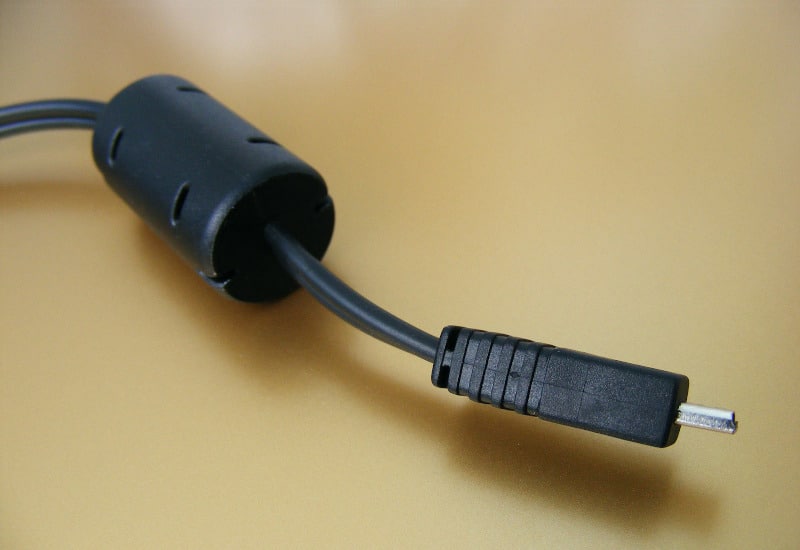The USB port is one of the most used ports today. It has become a standard for many devices that use external connectors such as connecting to desktop computers, laptops, or even some car accessories that usually use this technology.
You’ll find this port in almost all electronic devices nowadays as it is one of the standards of transferring data from one device to another. This transfer can be either information storage or power supply from an electronic device to a charger or computer port via the USB cable.
There are two variants for USB connectivity: USB and mini USB. When you need to connect different kinds of gadgets like digital cameras, cellphones, tablet PCs, and more, you may have wondered what’s the difference between these variants and if the device you’re using will accept a connection.
Here are some basic facts about each kind of USB connector to better guide you on what devices they are compatible with.
What is a USB?
USB stands for Universal Serial Bus. It is a serial bus standard for connecting peripheral devices to a host controller (usually personal computers). USB was designed to be relatively inexpensive, simple to implement and support hot-swapping of devices.
What is Mini USB?
The mini USB connector is a small-size USB connector, often used for charging and/or data transfer to and from smaller devices such as mass storage devices or mobile phones. The full name of this connector is ‘Universal Serial Bus Mini-B’, which is the USB standard that was introduced in 2000 by the USB Implementers Forum.
Mini USB (Type B) connectors are now rarely seen on digital cameras, but they’re still widely used on portable devices like mobile phones, modems, and GPS receivers. The most common size of the mini USB connector is type B (5 pins).
What is Micro USB?
The micro USB is a small-size USB connector, often used for charging and/or data transfer to and from smaller devices such as cell phones, portable media players, or GPS modules. The full name of this connector is ‘Universal Serial Bus Micro-B’, which is the USB standard that was introduced in 2007 by the USB 3.0 Promoter Group.
Micro USB connectors are also backward compatible with USB 2.0 standards, but device manufacturers might not choose to implement this compatibility if they wanted their devices to be able to charge faster through older ports.
To make sure you’re using your micro USB cable correctly, please refer to your device’s user manual – if it doesn’t mention anything about special ways of using your specific cable, you can use it as an ordinary USB 2.0 cable and charge at normal speeds.
For example, the most common size of the micro USB connector is type B (5 pins) – this is the one that you’ll be able to see in devices’ chargers.
There is also another kind of micro USB connector called A (4 pins), which is becoming increasingly popular with its smaller size – but unless your device has one of these connectors built into it, you won’t need to worry about using one instead of a regular USB port. After all, they are not compatible with each other and using an incompatible cable could damage your computer or device.
Differences Between Micro USB and Mini USB
When they were first introduced, the micro USBs could connect to devices using a mini USB cable but that was not always ideal considering how charging time and transmission of data took longer.
Nowadays, this problem has been completely resolved through what is called “Tailored pin Placement” which increases the contact surface on the connector. This leads to more efficient current transfer resulting in decreased charging times as well as increased transmission speeds.
Mini USBs are also able to adapt to new technology innovations. You will find a lot of newer gadgets using micro USB ports instead of mini ones because they have eliminated most of the limitations that once existed. You should expect it if your gadget charges faster or transfers data at a faster speed.
It is only in physical appearance that the two connectors differ; all other things are equal like size and shape. If anything, mini USBs happen to be more rugged having been around for a longer period of time before being replaced by its younger brother micro USB. Despite this fact, if you compare both using side by side they will look pretty much similar except with regards to the size in favor of micro USBs which are larger than mini USBs.
From what has been said here today, you can see that there isn’t any significant difference between micro USBs and mini USBs beyond their appearances so all you need to do is just refer back to your device’s manual or go online for instructions on how you should connect your gadget to a computer or to your charger.
Conclusion
The USB port is one of the most used ports today. It has become a standard for many devices that use external connectors such as connecting to desktop computers, laptops, or even some car accessories that usually use this technology.
You’ll find this port in almost all electronic devices nowadays as it is one of the standards of transferring data from one device to another. This transfer can be either information storage or power supply from an electronic device to a charger or computer port via the USB cable.
If you have any questions about USB or other electronic devices, let us know! We’re always happy to help out by answering technical questions like these!






